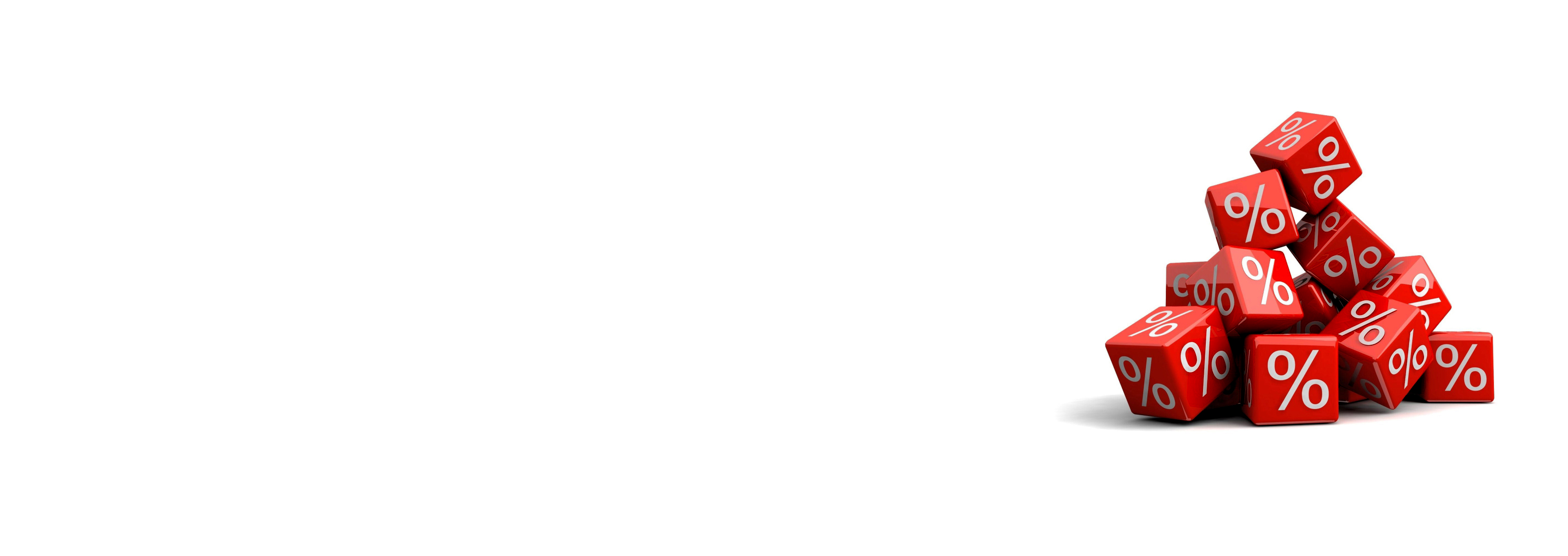Calls on the Iranian government to cut interest rates are getting louder, with critics of the current monetary policy arguing that the gap between inflation and interest rates will undermine the manufacturing sector and exacerbate a longstanding recession in industries.
This is while economists believe that to maintain the strong economic growth of 12.5% experienced in the last fiscal year (March 2015-16)—thanks to increased exports, especially oil—stimulating Iran’s manufacturing sector is inevitable.
Banking expert, Mehrdad Sepahvand, said the government should take action and reduce interest rates to keep lending costs in check. He refers to the credit crunch that Iranian banks are grappling with, arguing that shortage of cash has made it difficult for the banks to recoup their lent credit, in spite of high interest rates.
“Credit crunch, which occurs after a period of generous lending, usually manifests itself in a dramatic fall in access to credit resources,” he wrote in Financial Tribune’s sister publication, the Persian weekly Tejarat-e Farda.
“Limited access to financial resources does not affect all businesses equally. But to avoid risk, banks refrain from granting loans to small- and medium-sized enterprises. So these businesses incur more damage.”
Iran enjoyed sky-high crude prices for a few years over the past few years by adjusting its spending with high revenues. Oil revenues topped $110 billion in the Iranian year to March 2012 under the previous administration, but the bearish crude market pushed them down to $14-15 billion in the Iranian year ending March 19, 2016.
Oil prices fell drastically in 2014, from over $100 per barrel to the record low of $30 in 2016. Government revenues have seen the sharpest fall in history in recent years.
Sepahvand said credit crunch also has a “disruptive” monetary effect on interbank interest rates.
“It pushes the banks into an unhealthy competition. It leads to higher interbank rates and increases the costs of financing,” he said.
In June 2016, Money and Credit Council allowed the banking sector to offer approximately 15% interest on term deposits, lowering the rate by 3%. This is while banks were asked to charge 18% for interbank lending.
In the face of growing backlash over high rates, the Central Bank of Iran has announced that it intends to fix the interest rate by setting it 2-3% higher than the inflation rate. The latest CBI report on inflation put it at 10.2% for the 12-month period ending June 21.
Hossein Salimi, deputy director of the Money and Capital Market Commission of the Tehran Chamber of Commerce, Industries, Mines and Agriculture, said, “If banks manage to bring down their interest rates on deposit to the level approved by MCC, which is 15%, we will witness a significant improvement in our banking system this year.”
Rate cuts have their own critics in the administration as well. Minister of Industries, Mining and Trade Mohammad Reza Nematzadeh has said cutting interest rates should not be forced.
“There is no balance between the capability of the banking system in allocating loans and high market demand, because of which interest rates have remained high,” he said.
Mohsen Jalalpour, former head of Iran Chamber of Commerce, Industries, Mines and Agriculture, also said the government should not force down the interest rates, though he believes policymakers must resolve the issue in the banking system.
He attributes the lack of industrial investment to high deposit rates, but maintains that the issue cannot be resolved by just “issuing a regulation”.
“If the prerequisites for the interest rate cuts, including resolving the issue of illegal credit institutions, are not realized, then … healthy banks will also behave in a way that they end up challenging the monetary market,” he said, referring to the extraordinary rates offered by the unlicensed financial and credit institutions, which could disrupt the market and push the rates back up against the government’s will.


